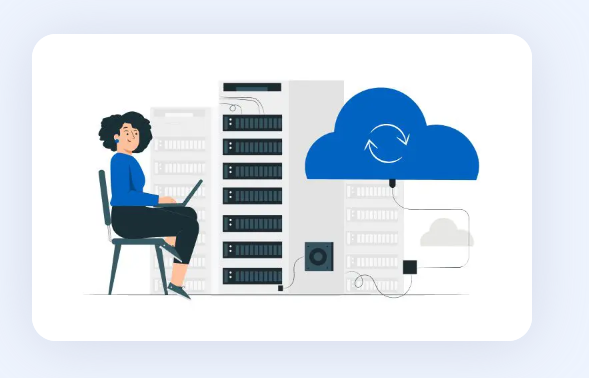Introduction: Embracing the Future of Cloud Computing
At our company, we understand the paramount importance of staying ahead in today’s rapidly evolving technological landscape. As businesses strive for agility, scalability, and cost-efficiency, legacy application migration to cloud has emerged as a pivotal strategy. In this comprehensive guide, we delve deep into the intricacies of legacy application migration to the cloud, offering invaluable insights and actionable steps to ensure a seamless transition.
Understanding Legacy Applications
Legacy applications, while robust and reliable, often pose significant challenges in the modern digital ecosystem. These applications are typically characterized by outdated architectures, limited scalability, and high maintenance costs. Despite their historical significance, they can impede innovation and hinder business growth.
The Case for Cloud Migration
Cloud computing offers a myriad of benefits that can revolutionize how businesses operate. From enhanced flexibility and scalability to reduced infrastructure costs and improved security, the advantages of migrating legacy applications to the cloud are compelling. By leveraging cloud services, organizations can streamline operations, drive innovation, and gain a competitive edge in the market.
Key Considerations Before Migration
Before embarking on the migration journey, it is imperative to conduct a thorough assessment of your legacy applications and infrastructure. This includes evaluating dependencies, identifying performance bottlenecks, and assessing compatibility with cloud environments. Additionally, data security and regulatory compliance should be top priorities to mitigate risks and ensure data integrity throughout the migration process.
Choosing the Right Cloud Platform
Selecting the appropriate cloud platform is crucial for the success of your migration initiative. Whether opting for public, private, or hybrid cloud solutions, each platform offers unique features and capabilities to suit diverse business needs. Factors such as performance, cost, vendor support, and integration capabilities should be carefully evaluated to make an informed decision.
Strategies for Migration Success
Achieving a successful migration requires meticulous planning and execution. Our team employs a phased approach, starting with assessment and planning, followed by pilot migration and full-scale implementation. Additionally, adopting automation tools and best practices can streamline the migration process, minimize downtime, and ensure a smooth transition to the cloud.
Ensuring Post-Migration Optimization
Once the migration is complete, ongoing optimization and maintenance are essential to maximize the benefits of cloud computing. This involves monitoring performance metrics, optimizing resource utilization, and implementing security measures to safeguard against potential threats. Furthermore, regular updates and patch management help ensure long-term stability and reliability of your cloud environment.
Conclusion: Embrace the Future with Cloud Migration
In conclusion, legacy application migration to the cloud is not just a necessity but an opportunity to embrace innovation and drive business growth. By leveraging the power of cloud computing, organizations can unlock new possibilities, enhance agility, and stay ahead in today’s competitive landscape. At our company, we are committed to helping businesses navigate the complexities of cloud migration and unleash their full potential in the digital era.

